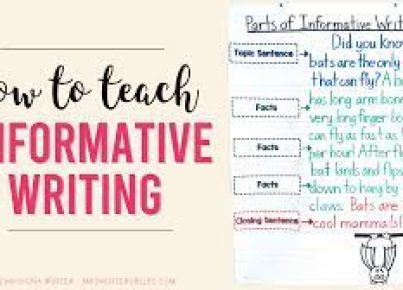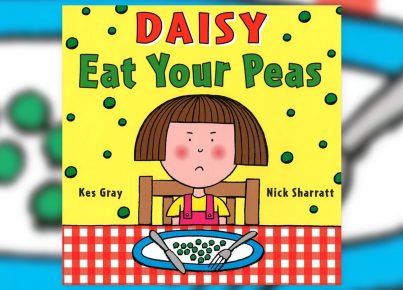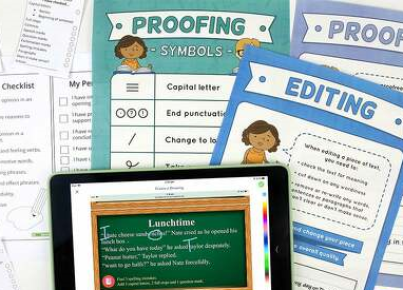Introduction:
Onomatopoeia, the literary technique of using words to imitate sounds, is a powerful tool in the world of linguistics, literature, and everyday communication. This guide will explore the concept of onomatopoeia in depth, discussing its history, uses, and examples from various languages.
History of Onomatopoeia:
The term “onomatopoeia” was derived from the Greek words ὀνοματοποιία (onomatopoiía) which means “word-making.” The concept dates back as early as human language itself, with people creating words to mimic the sounds they heard in their environment. Onomatopoeic words have been found in ancient texts such as the Bible, Homer’s Iliad and Odyssey, and countless folktales from around the world.
Use of Onomatopoeia:
1. Literary works: Poets and literature enthusiasts have embraced onomatopoeia for ages. It is a prominent method used to create vivid imagery and evoke emotions in readers. From Shakespeare’s “hark, hark! The lark at heaven’s gate sings,” to Edgar Allan Poe’s “The Bells,” onomatopoetic phrases can be found woven into the fabric of many literary masterpieces.
2. Advertisements and Comics: Onomatopoeias are an effective way to create memorable slogans or catchphrases in advertising campaigns. Catchy phrases like “Snap! Crackle! Pop!” for Rice Krispies or “Boom! Pow!” in comic books easily convey specific actions or sensations that attract attention.
3. Language Acquisition: Onomatopoeic expressions are essential when teaching children language development, as many early vocabulary items tend to represent animal sounds and environmental noises.
Examples of Onomatopoeic Words:
1. Animal Sounds: Many languages have words that imitate the sounds produced by animals. Examples include “meow” (English), “miau” (German and Dutch), and “мяу” (Russian) for a cat’s cry, or “quack” (English), “coin-coin” (French), and “gak-gak” (Indonesian) for a duck’s call.
2. Sounds of Nature: Onomatopoeias are used to describe various nature sounds such as “rustle” (movement in foliage), “drip-drop” (falling raindrops), and “crackle” (fire).
3. Human-Made Noises: Several onomatopoeic words represent sounds generated by humans or their technologies, such as “hiccup,” “sizzle,” “buzz,” and “beep.”
4. Expressions of Emotion: Some onomatopoeic phrases represent emotions like laughter, crying, or shivers. Examples are “hahaha” for laughter, “boo-hoo” for crying, and “brrr” for feeling cold.
Conclusion:
In conclusion, onomatopoeia is an essential aspect of language and literature. It allows writers to create vivid imagery and enables readers to feel more connected to the stories they read. From everyday conversations to classic literary texts, onomatopoeic words make language richer, more expressive, and engaging.




